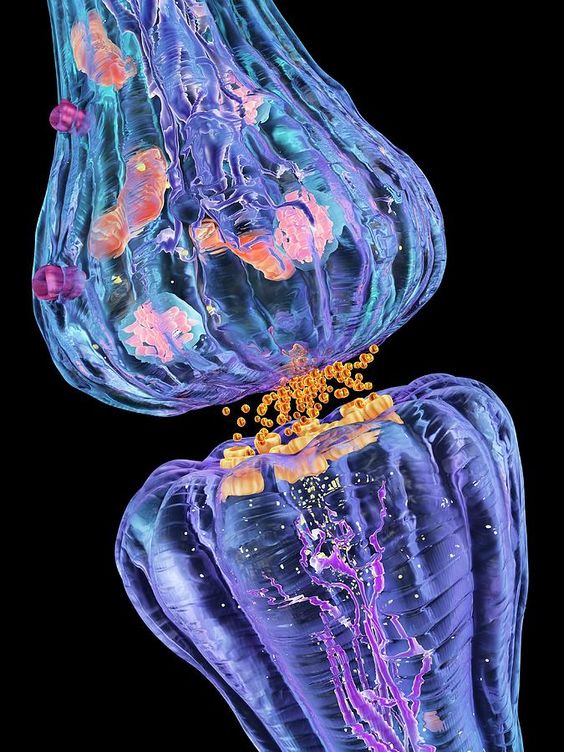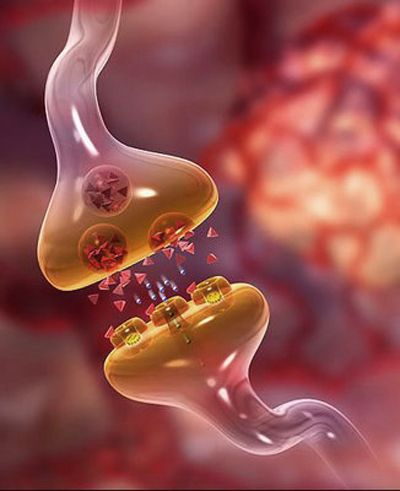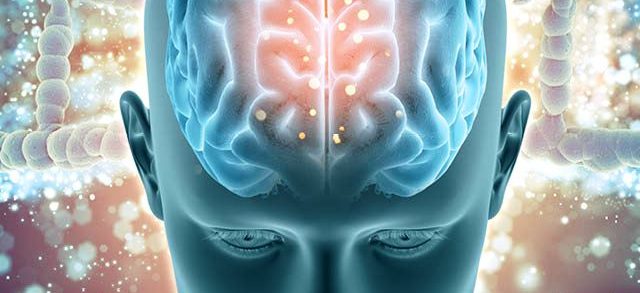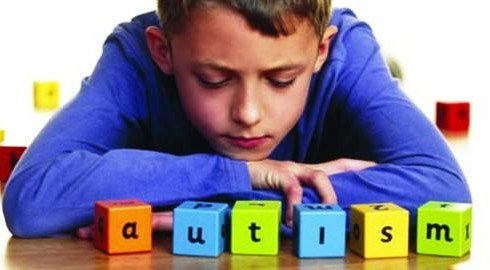Left and Right Brains
The human brain is an intricate organ. At approximately 3 pounds, it contains about more than 100 billions neurons and 100 trillions connections. Your brain is command central of all you think, feel, and do.
Your brain is divided into two halves, or hemispheres. Within each half, particular regions control certain functions.
The two sides of your brain look very much alike, but there’s a huge difference in how they process information. Despite their contrasting styles, the two halves of your brain don’t work independently of each other.
Different parts of your brain are connected by nerve fibers. If a brain injury severed the connection between sides, you could still function. But the lack of integration would cause some impairment.
The human brain is constantly reorganizing itself. It’s adaptable to change, whether it’s physical or through life experience. It’s tailor-made for learning.
As scientists continue mapping the brain, we’re gaining more insight into which parts control necessary functions. This information is vital to advancing research into brain diseases and injuries, and how to recover from them.


The neuron



How Brain Maps Are Formed
1. The brain controls everything we think, feel, say and do. It does this through neural networks – basically, neurons (cells) talking to one another in the brain and to and from other neurons throughout the body through the central nervous system. Neurons in the brain are also called brain cells.
2. The way our brain cells connect to one another (in other words, form neural networks) is what determines what we think, feel, say and do. By the same token, the thoughts, behaviors we’ve adopted, our environment, genetics, outside influences and the like all influence this pattern of connection. In other words, it influences which neurons are firing; which neurons are receiving and which networks are being formed.
3. To help the brain be more efficient, the neural networks that are being repeatedly activated (meaning used at the same time, such as those used for driving a car or typing on a computer or texting on a cell phone) or those we instinctually use (such as those used for breathing or heartbeat) become those that are strengthened (wrapped in a myelin sheath is the term) to form a brain map for an activity.




